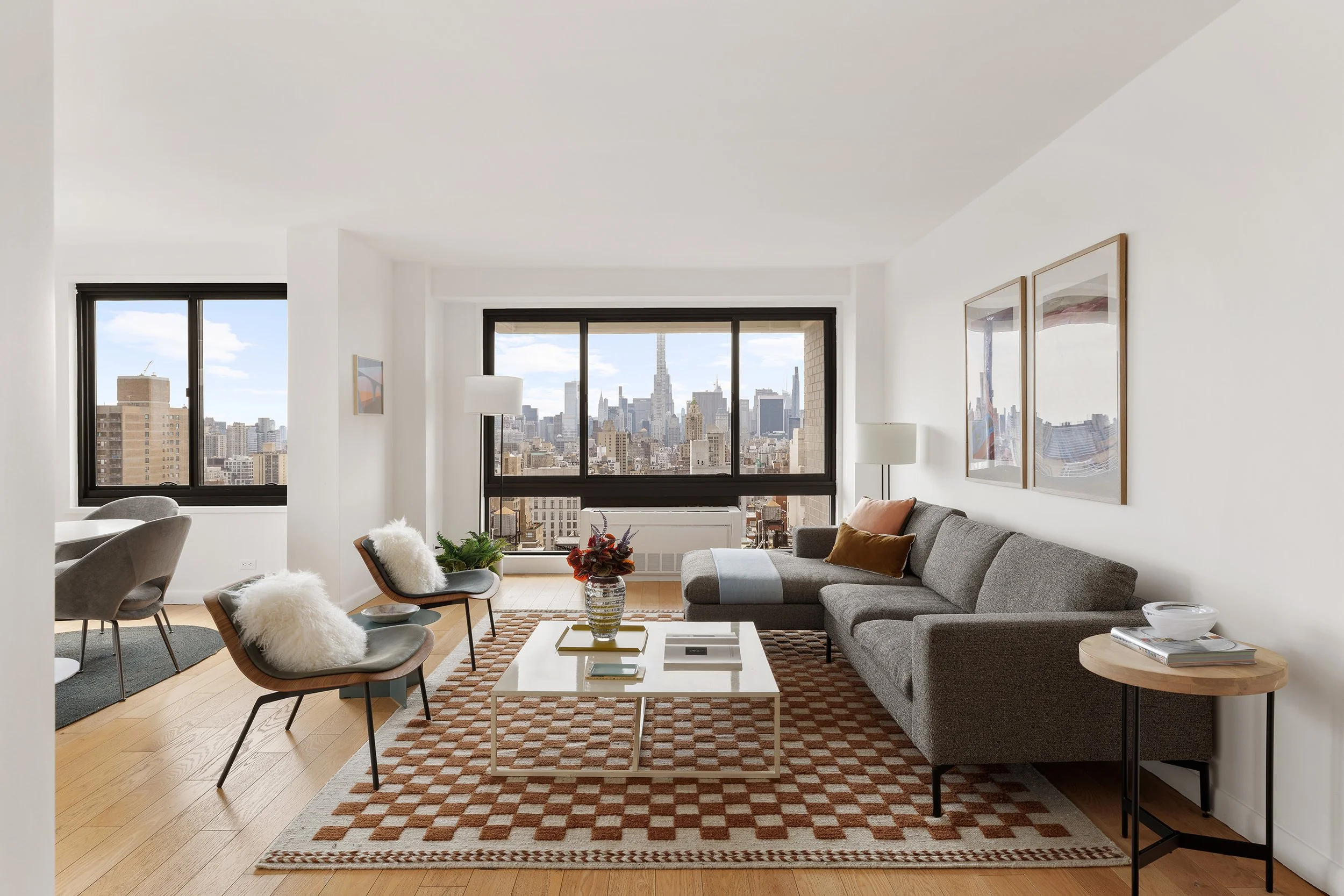How to Budget for Staging When You’re Already Investing in Your Sale
Preparing your home for the market comes with plenty of moving pieces, and budgeting for staging can feel like one more line item in an already full process. But staging is not just an extra cost. It is part of your overall selling strategy, influencing buyer perception, offer strength, and days on market. The key is understanding how to plan for it, how to maximize your dollars, and how to leverage tools that make the investment easier to manage.
Determining the Scope of Work
The first step is deciding what level of staging your home needs. Some properties require a full transformation with furniture, art, rugs, and lighting. Others simply need targeted updates, editing, and the right finishing touches. A smart budget starts with clarity. Identify your non-negotiables, then build around them. Even small shifts like proper scale furniture or thoughtful color and texture can dramatically change how the home photographs and feels. The goal is always the same: present a listing buyers can connect with immediately.
This is where staging partners can help. Our team performs property walkthroughs in which sellers and realtors can discuss their ideal plan. A good staging partner will offer several possible scopes of work to help fit within your budget. Perhaps you can make a significant impact with just a few furniture shifts and new rugs. Perhaps you need the whole kit and kaboodle. Just like your budget, staging is a spectrum.
Financing
Through our partnership with Notable, sellers can invest in staging now and pay later, which takes pressure off the upfront budget. Funds are repaid through closing, so sellers can move forward with staging and other listing prep without delaying the listing timeline or compromising on quality. Plus, interest only applies to what you use, and if the loan goes unused, you owe nothing. These features make it much simpler to prioritize the look and feel of your home without immediate financial strain.
For many sellers, this flexibility is what makes staging feel accessible rather than overwhelming. Instead of pulling from savings or cutting corners, you can approach your sale strategically, investing in the elements that truly move the needle.
Return on Investment
In the end, budgeting for staging is about more than decor. It is about positioning your home thoughtfully, creating emotional connection, and giving buyers every reason to make a strong offer.
“A staging investment of 1.3% of list price results in an average 7.1% over list Return On Investment”
With the right plan and the right financial tools, you can elevate your listing without stretching beyond your comfort zone. If staging is what helps your home shine, consider it part of the investment in the best possible outcome.

